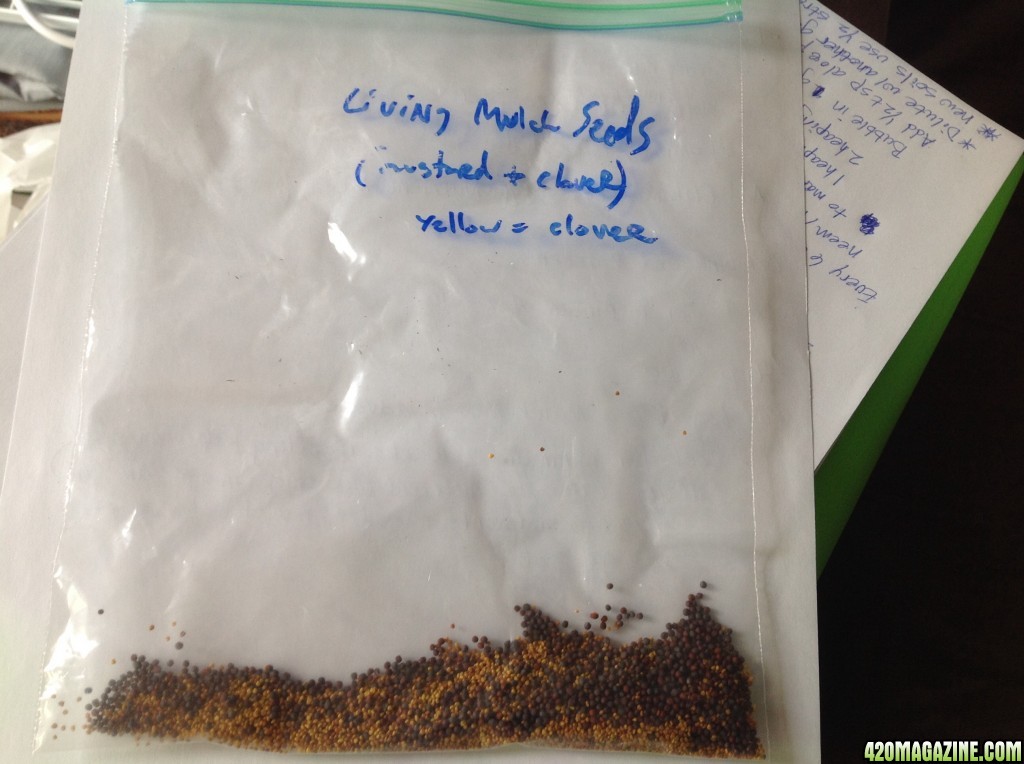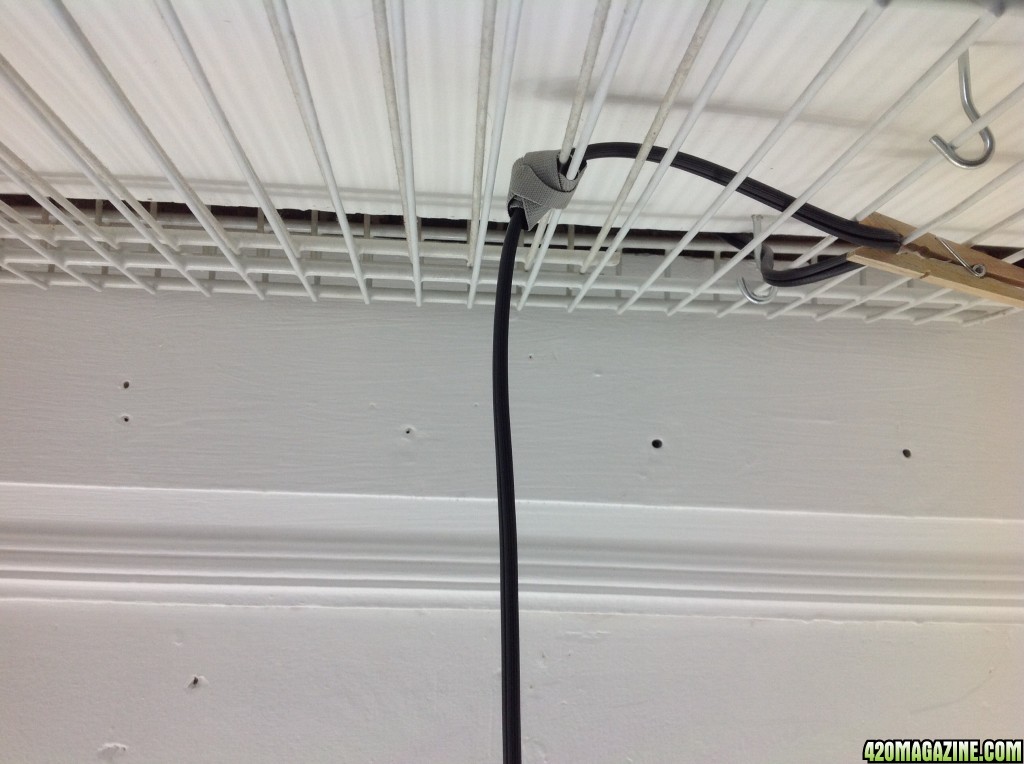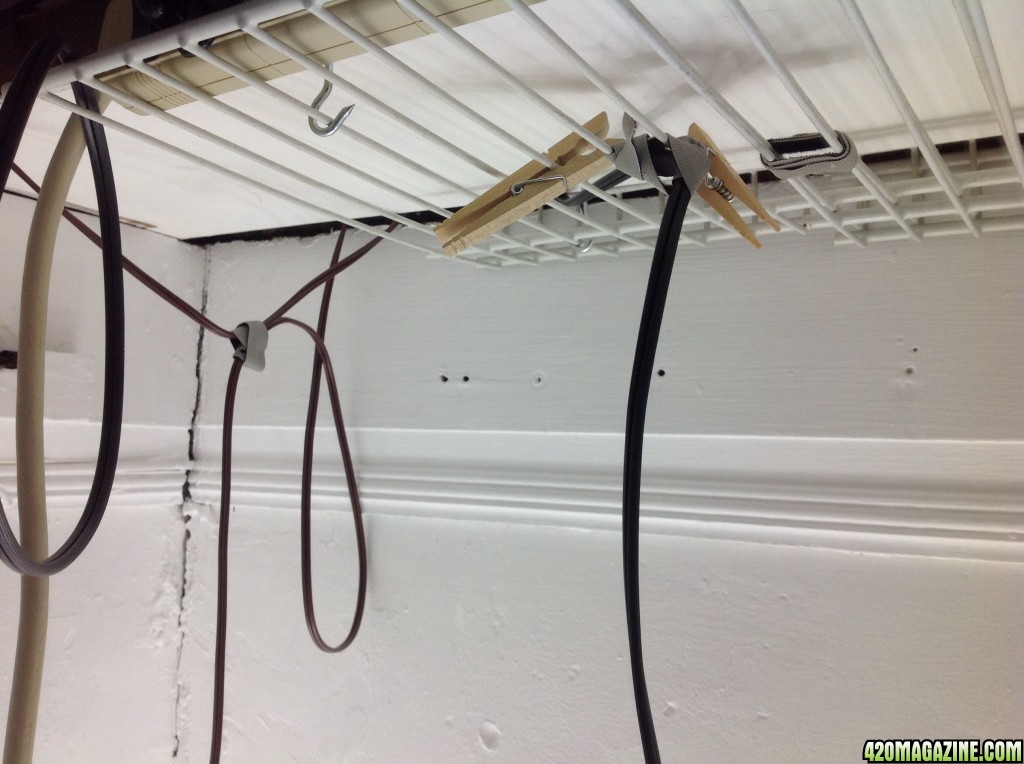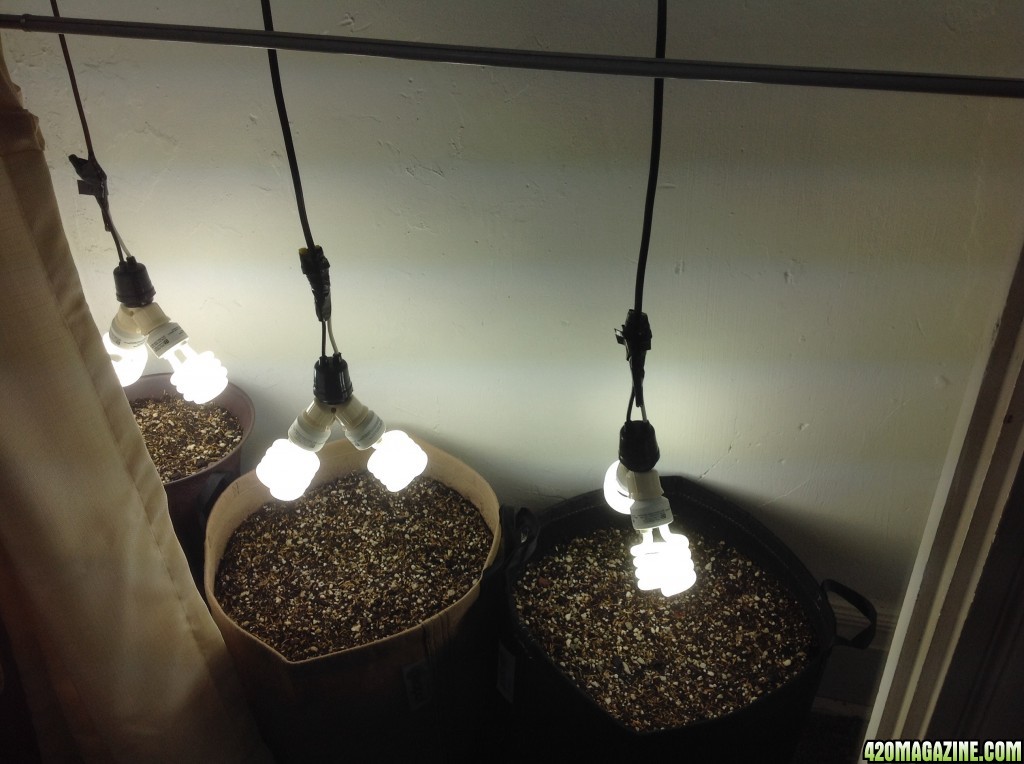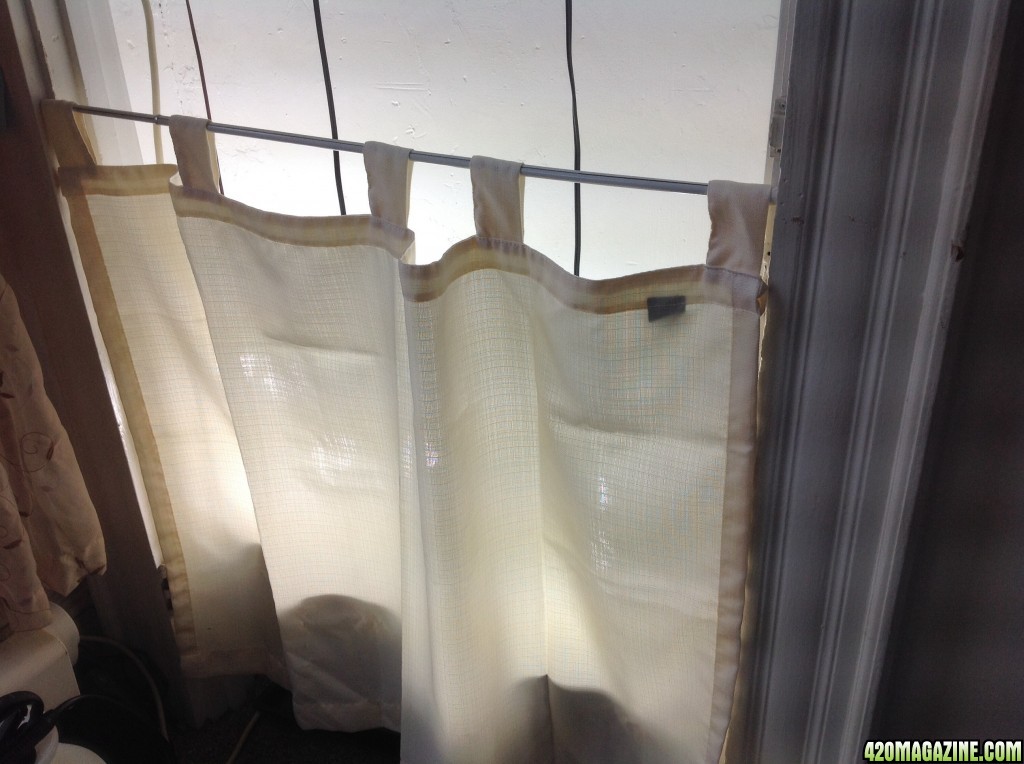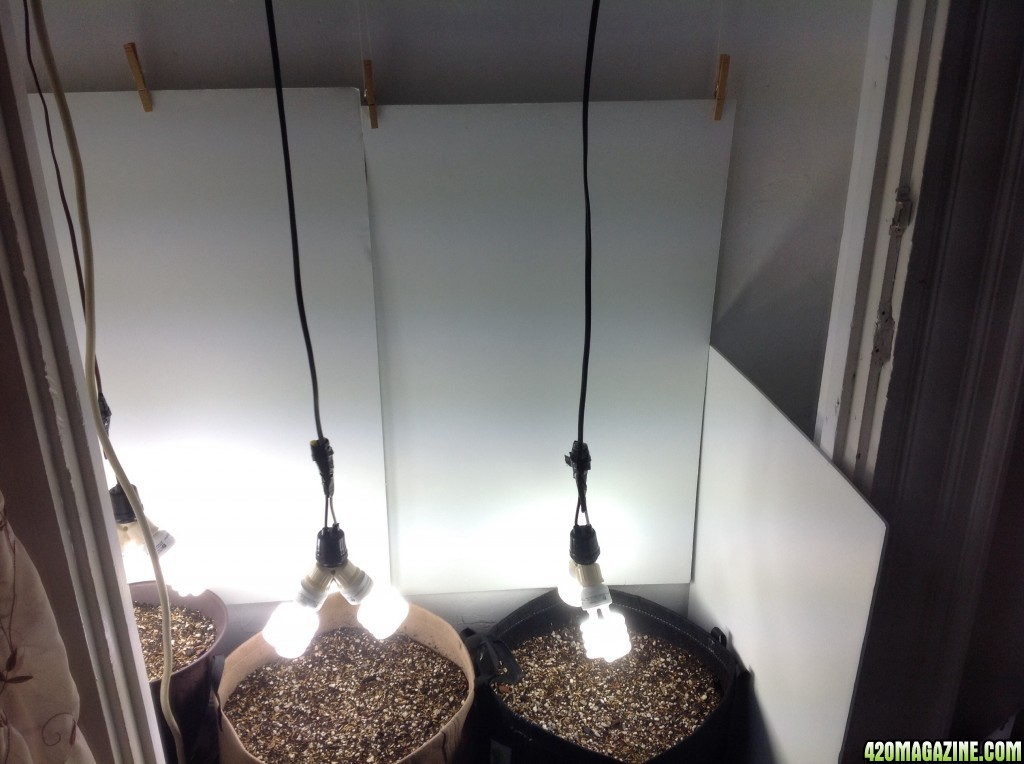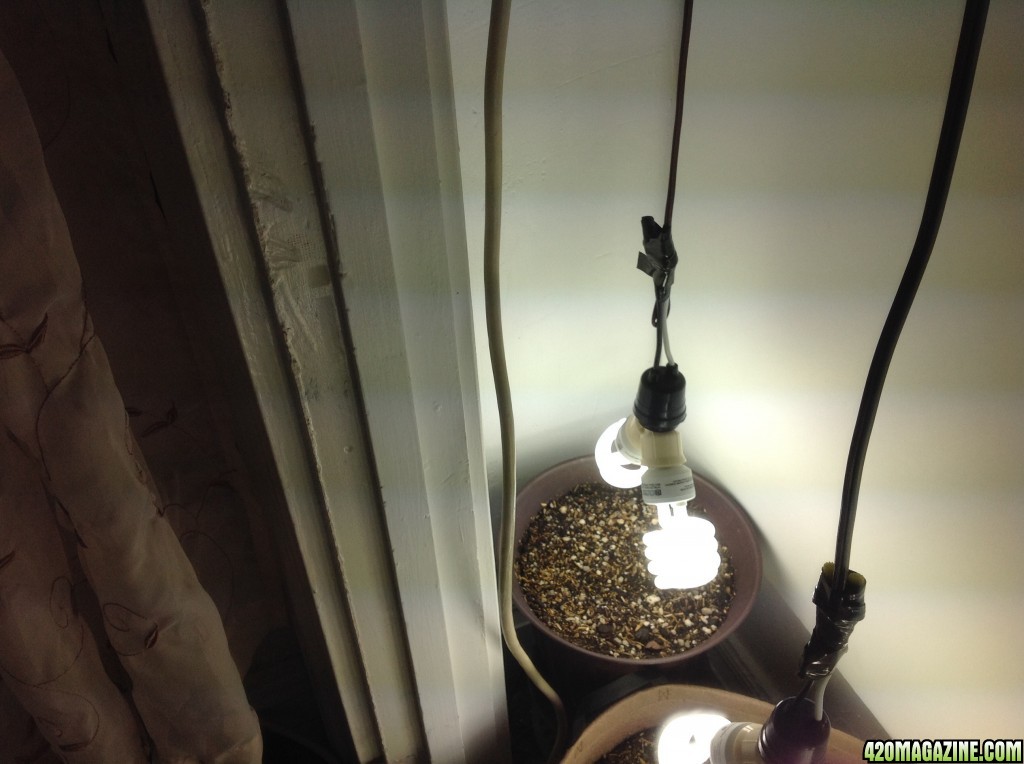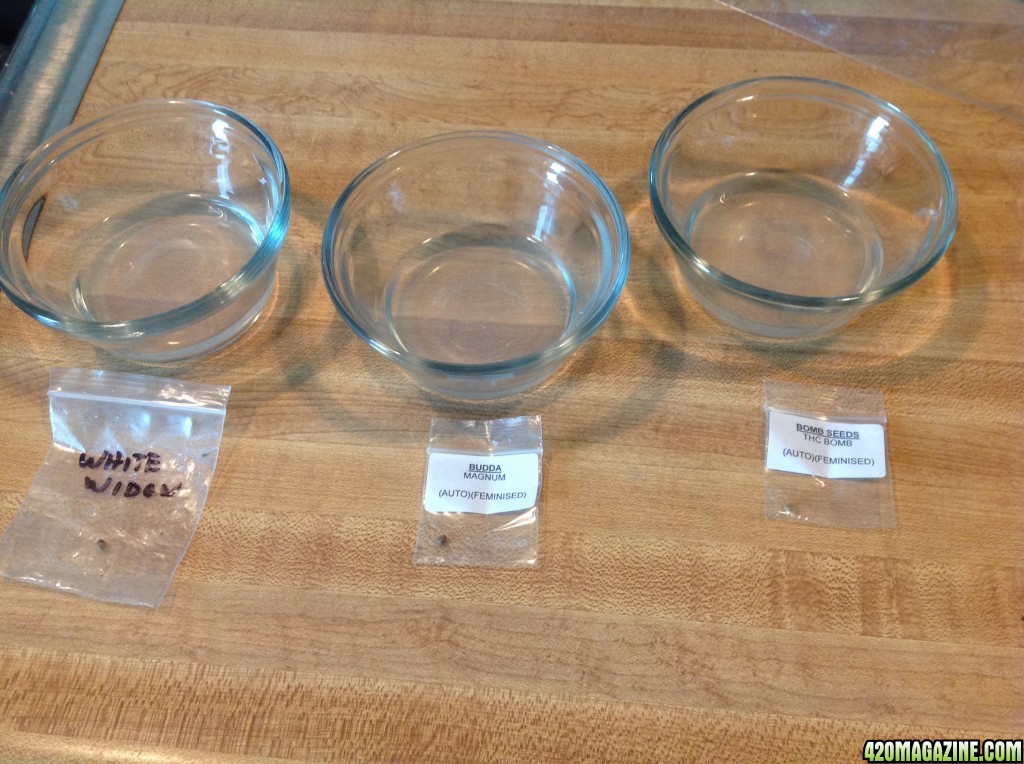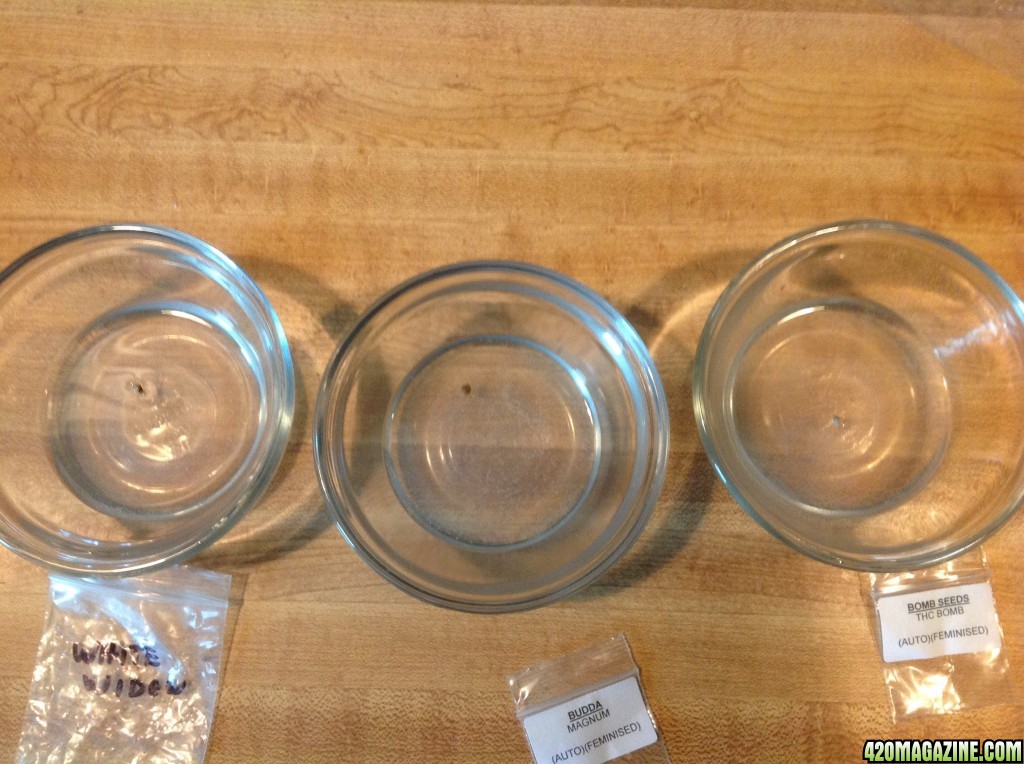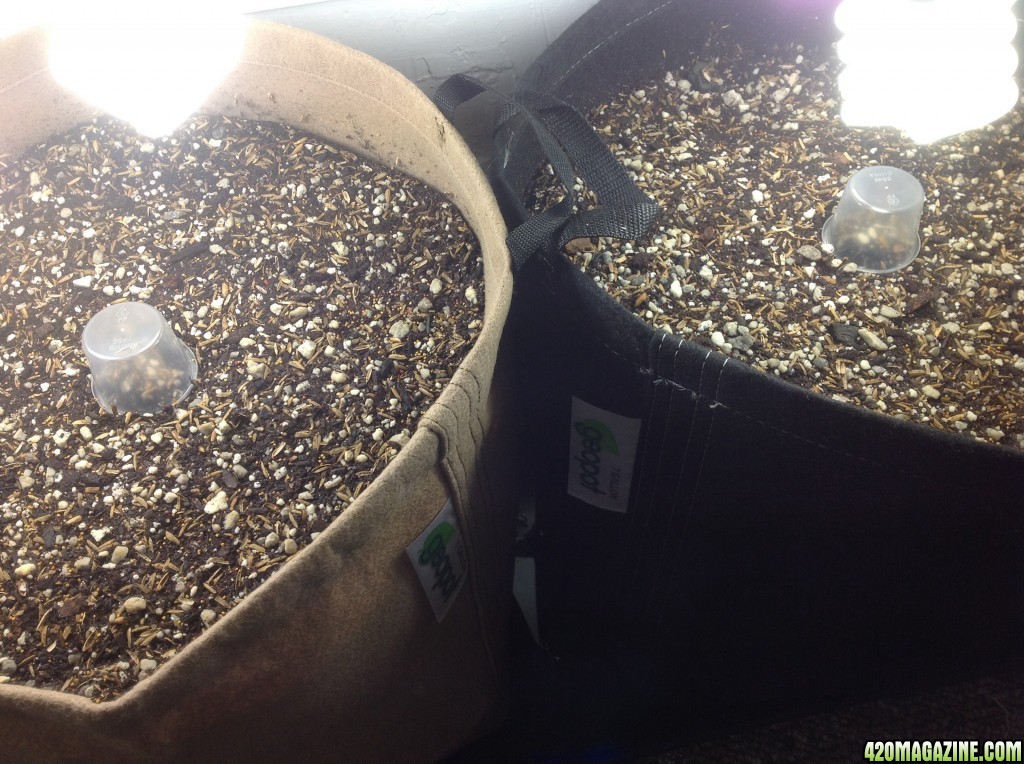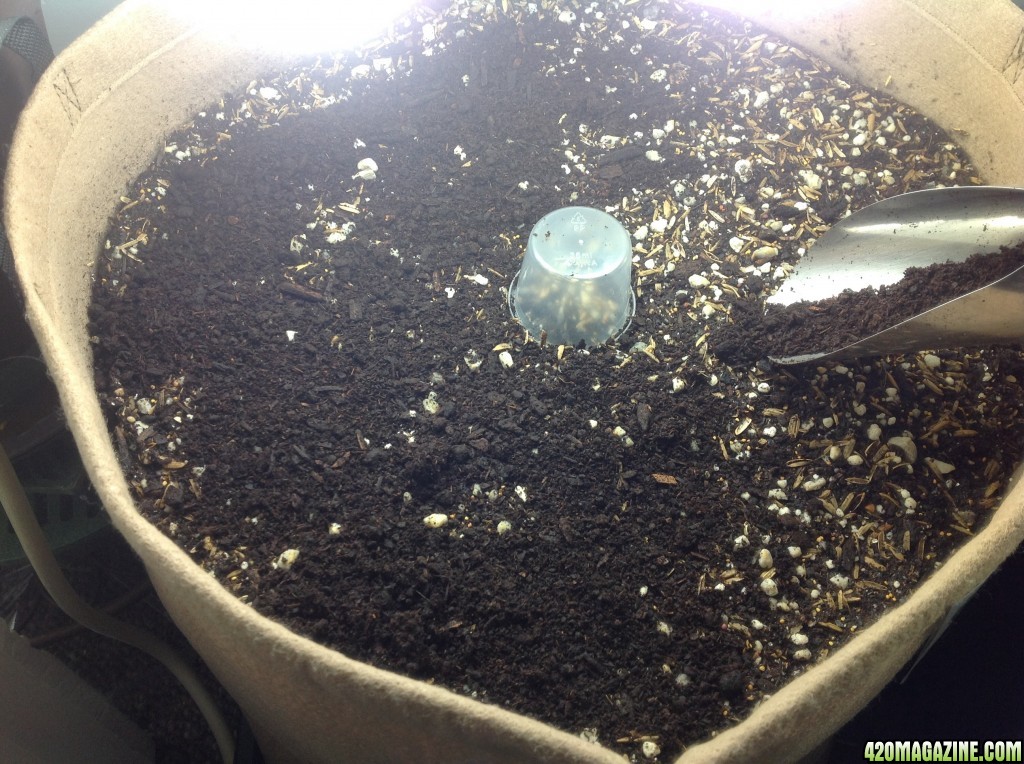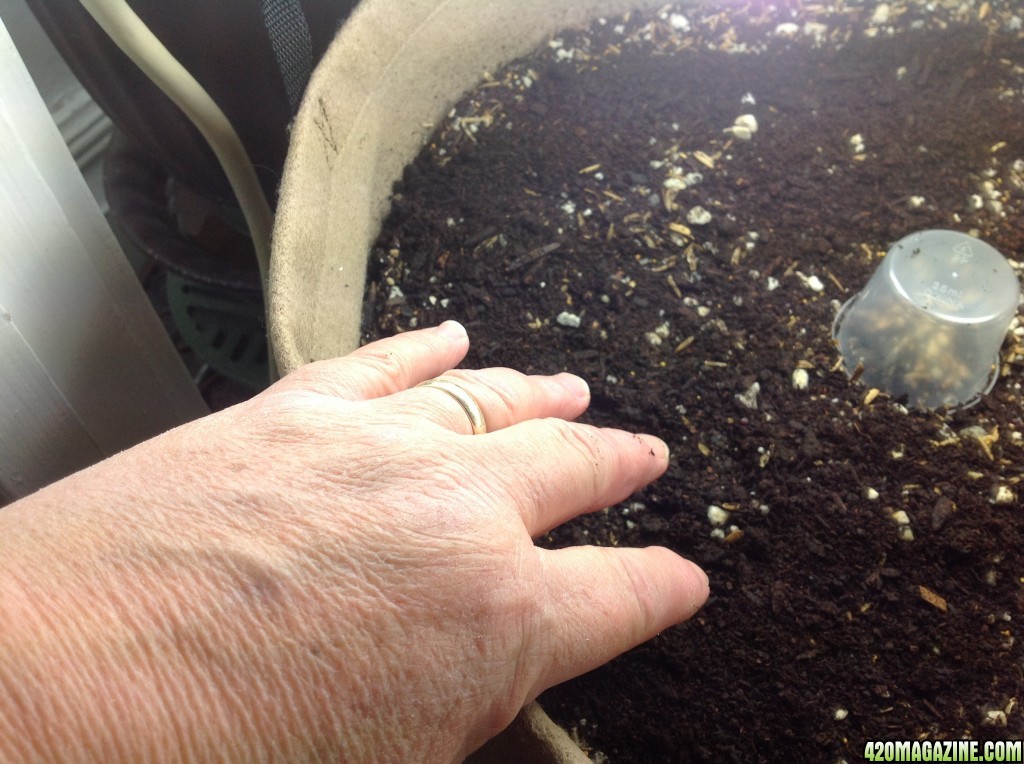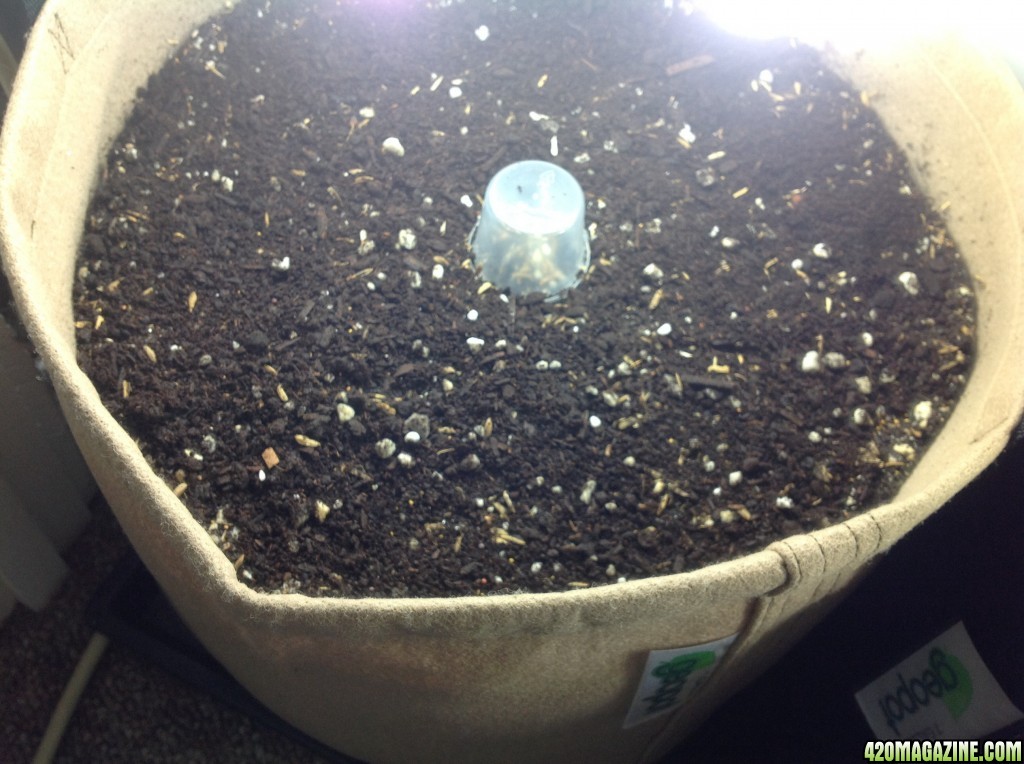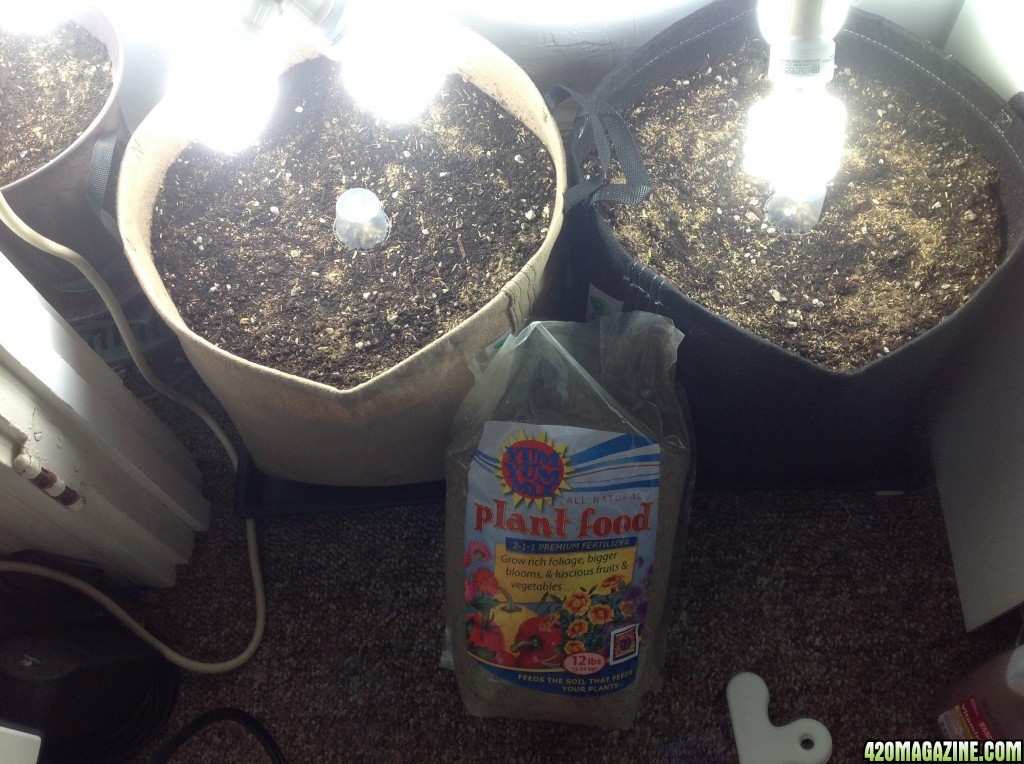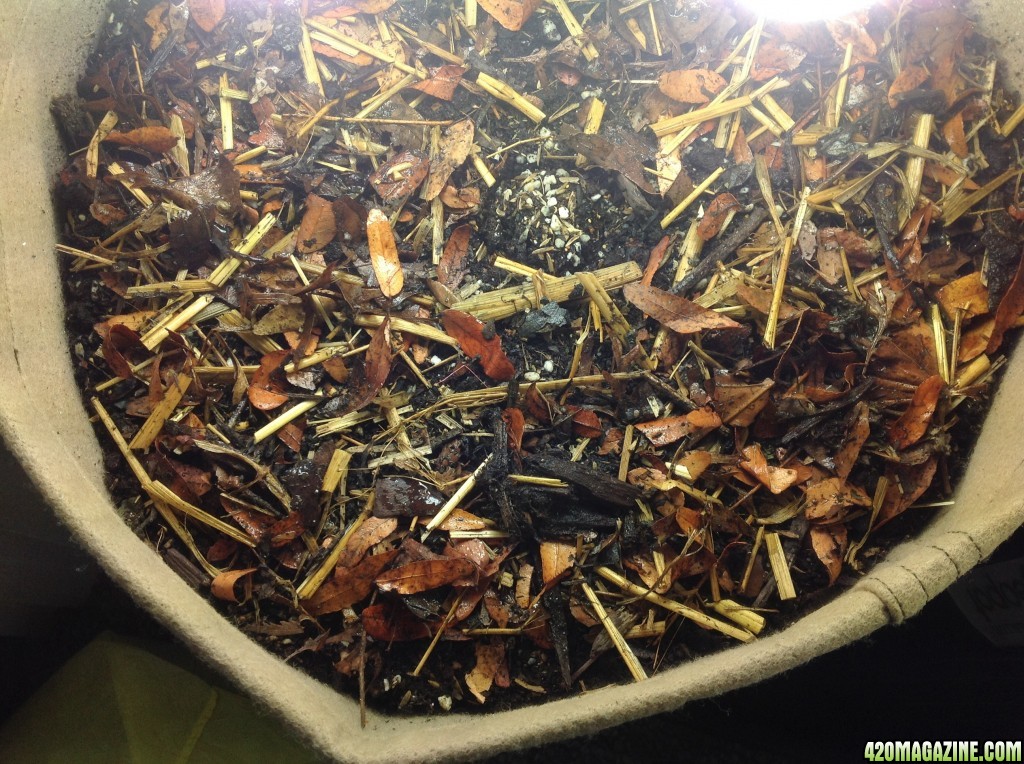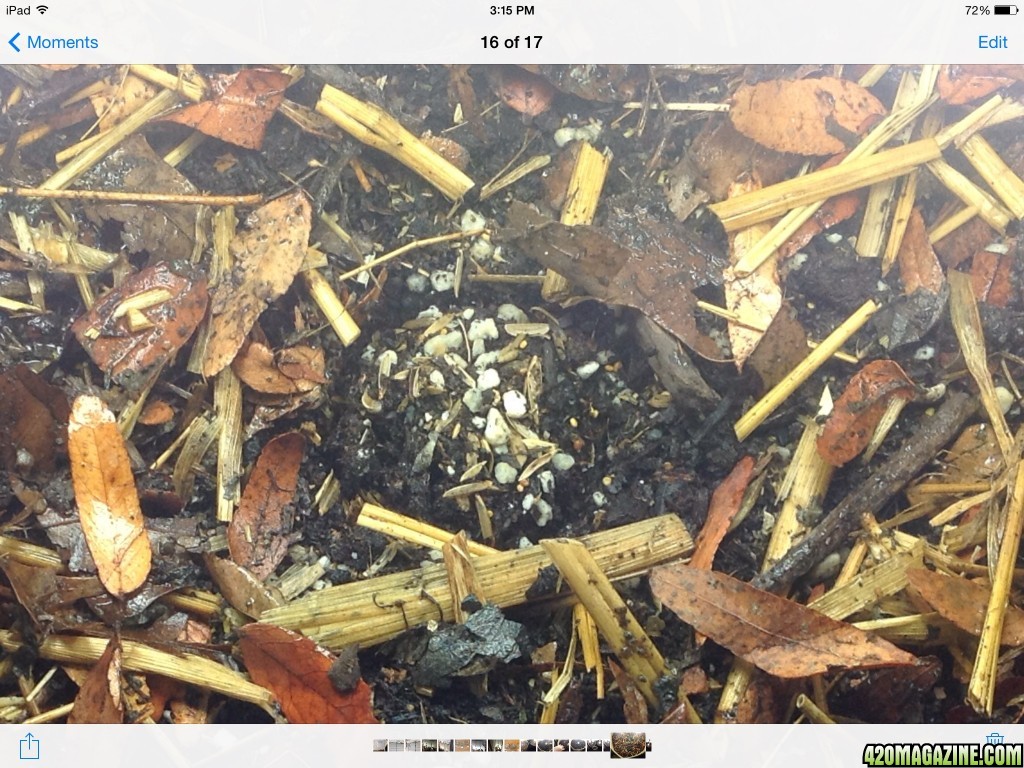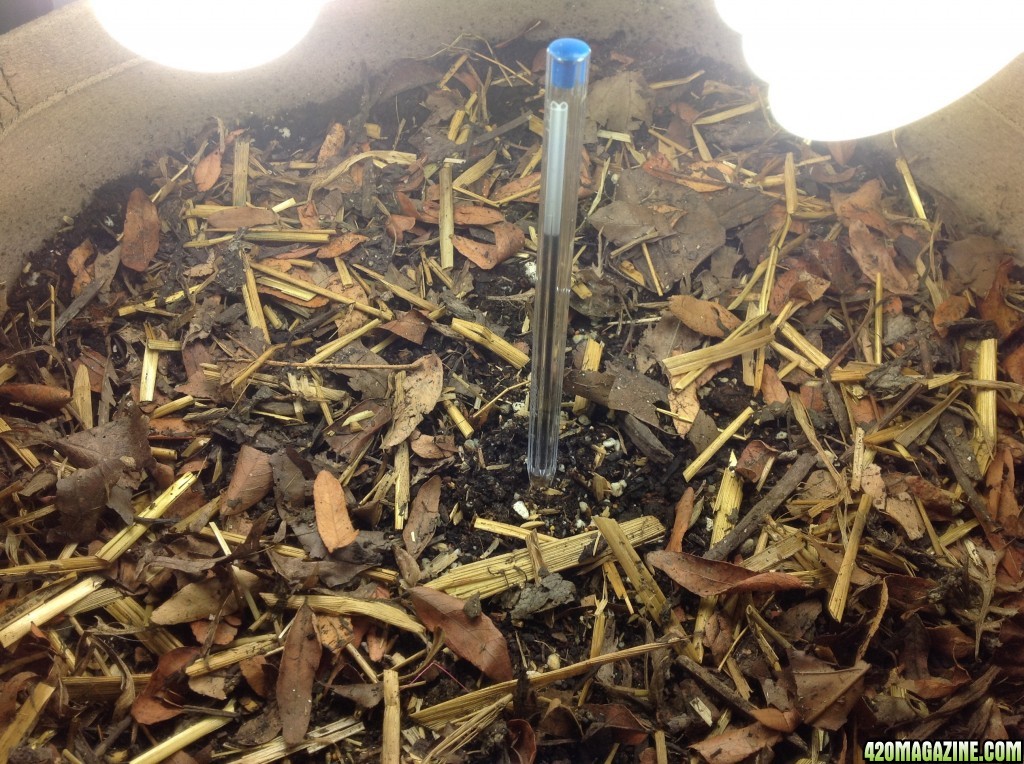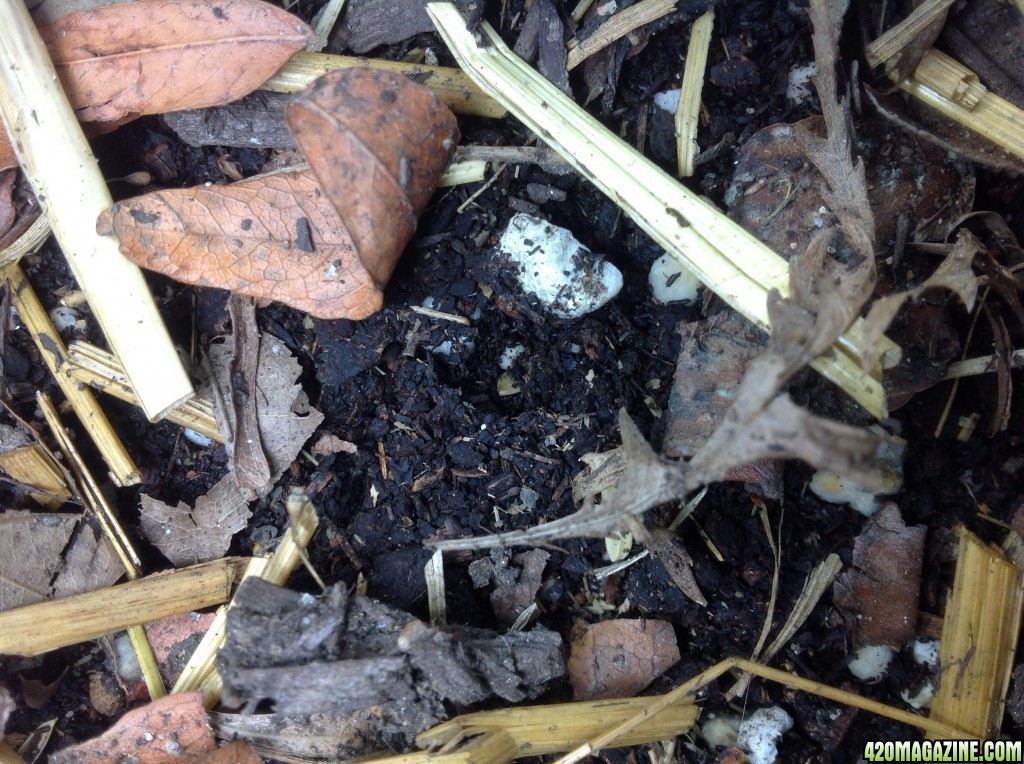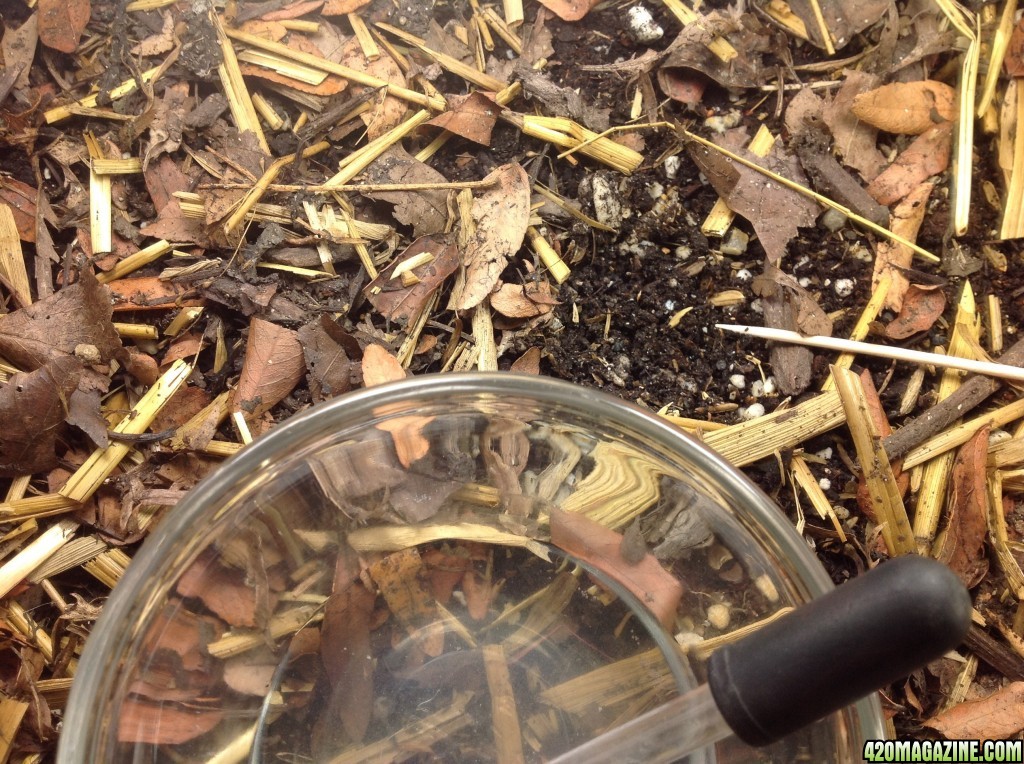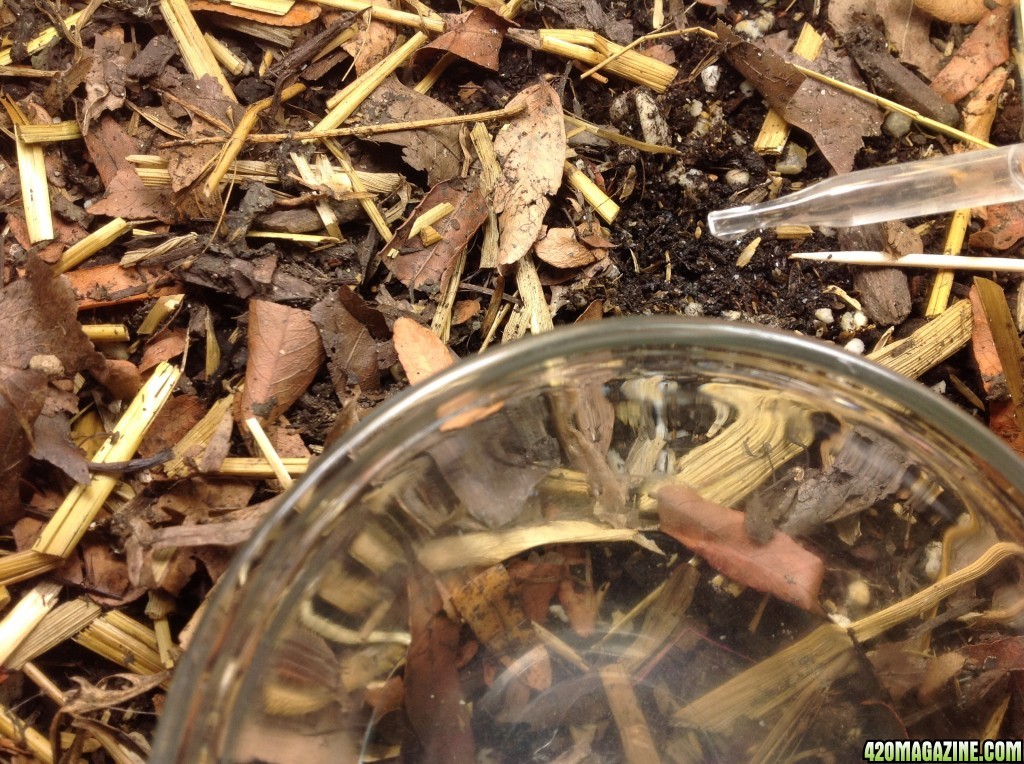As I've prepared for my planting I've been working up a good schedule for watering and amending the soil. I took the time to build my soil with enough minerals to keep it going for years and a balance of humus and drainage to facilitate the development of a micro community. A no-till garden won't be dug up between grows so keeping the soil in balance becomes the new challenge.
As I see it, you have numerous options for amending a no-till garden:
- You can feed your worms things you want added in the future. Vermicompost takes at least four months for a decent harvest, and you get to completely control what they eat, so think it through. This can be an excellent way to introduce just about anything.
- You can water the component in. This works well with activated compost teas (ACT), sprouted seed teas (SST), or soil drenches.
- You can add things to the mulch and let worms break them down or let them simply degrade over time.
- You can compost the amendment and use the compost as a mulch.
There's big business in the marketing of premium soil additives for the organic cannabis gardener. It can easily get costly. Many of us don't have access to the funds to buy whatever new shiny thing comes along. I know I can't. I was raised to be thrifty almost to a fault. From the beginning of this gardening journey I've sought out alternative, plant-based fertilizers. Then I came across this idea of no-till gardening and had to rethink the idea of fertilizing altogether. The whole concept of fertilization is all tied up in the idea of feeding the plant. Now I'm learning to feed the soil.
There are some things on my wish list for soil amendment that need to be purchased: kelp meal, 200x aloe powder (until I get my aloe plant big and healthy), Fulpower for the humic and fulvic acids, Agsil for a steady silicon supply and, eventually, malted barley for SSTs. Many people have spent years working out excellent methods for growing high-quality cannabis using these elements as in a steady program for replenishment. These are all things I feel are essential for continued health of an ongoing pot. Somewhere along the way I should pick up a bag of TM7 as well for the kick to the soil health as well as neem meal for pest control. I suspect that a micro grow may have less trouble with pests than a full room of plants, but it pays to be safe.
All of these things take money to purchase. Money is hard to come by in my household, so there must be alternatives. As I acquire these wish list items I expect the quality of my grows will improve, but there are many other ways to get nutrients into the soil. I believe my number one asset here is my worm bin. They will eat almost anything, including sand and minerals, and their vermicompost will go a long way as a topdressing and watered in with teas. And those teas can utilize a long list of possibilities of plants that can be foraged, including my favorites, comfrey, yarrow, dandelion, thistle, stinging nettle, and burdock. Why choose these?
Here's a nice breakdown on some common plants and what they offer your soil.
Comfrey - Its high potassium level makes it beneficial for flowering. It's one of the highest sources of NPK one can find in a plant source. It also offers calcium, iron, silica, magnesium, manganese, Vit A, Vit C, and an assortment of plant proteins. A powerhouse plant that will benefit the entire garden, from compost to mulch to soil drench, comfrey does it all.
- use after the first flowers have set
Thistles - nitrogen, copper, silicon
Equisetum (Horsetail) - silica, zinc
Dandelion - iron, phosphorus, potassium, Vit A, Vit C, calcium
Yarrow - sulphur, potassium, copper, phosphates
Corn Meal - high phosphorus (note: worms love this stuff!)
Burdock - phosphorous, potassium, magnesium
Stinging Nettle - high in NPK, Vit A, Vit C, Vit K, calcium, magnesium, boron, bromine, copper, iron, selenium, zinc, silica, sodium, sulphur, formic acid, ammonia, carbonic acid, and helps improve soil structure
Vetch - molybdenum
Sweet clover - boron
Alfalfa - NPK, growth hormones, micronutrients, manganese
Kelp - as many as 60 trace elements, high potassium, manganese (needs to be balanced with something high in Nitrogen and phosphorous)
The major minerals you want to find in the soil are sulphur, boron, cobalt, copper, iron, manganese, magnesium, molybdenum, and zinc. In the list above you can find all of these except cobalt. If anyone knows a good plant source for cobalt I would appreciate a heads up.
Everything on the above list can be used as a simple mulch, in a prepared tea (aerated or not) or composted into the soil mix or through the worm bin. Look at all the variety you have to offer. I personally think the easiest way to get these elements into the soil is through the worm bin. Teas and drenches may take more time than a busy life affords (though I highly recommend you learn how to prepare at least a simple tea) but the worms just keep producing. I've come to believe that the worm bin is the most indispensable tool for the organic gardener. So go ahead, toss some tender dandelion greens into the worm bin.
This only barely scratches the surface and I haven't even addressed foliar sprays. What I hope you take away from this is the wealth of possibilities to feed your soil well by creatively foraging materials and concocting some simple drenches and teas. And worms. Raise some worms. It's a lot easier than you think it will be. They thrive on neglect. Keep them moist and well fed, with plenty of bedding and leave them alone. They will reward you richly.
 oh and I also dumped all the pebbles I used to use....
oh and I also dumped all the pebbles I used to use....  This is a fun journal to follow, you can tell you're having lots of fun.
This is a fun journal to follow, you can tell you're having lots of fun.  I'm sure in the future lots of newer growers will learn a ton from you doing this! thanks again for sharing.
I'm sure in the future lots of newer growers will learn a ton from you doing this! thanks again for sharing.
